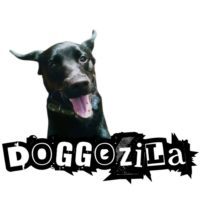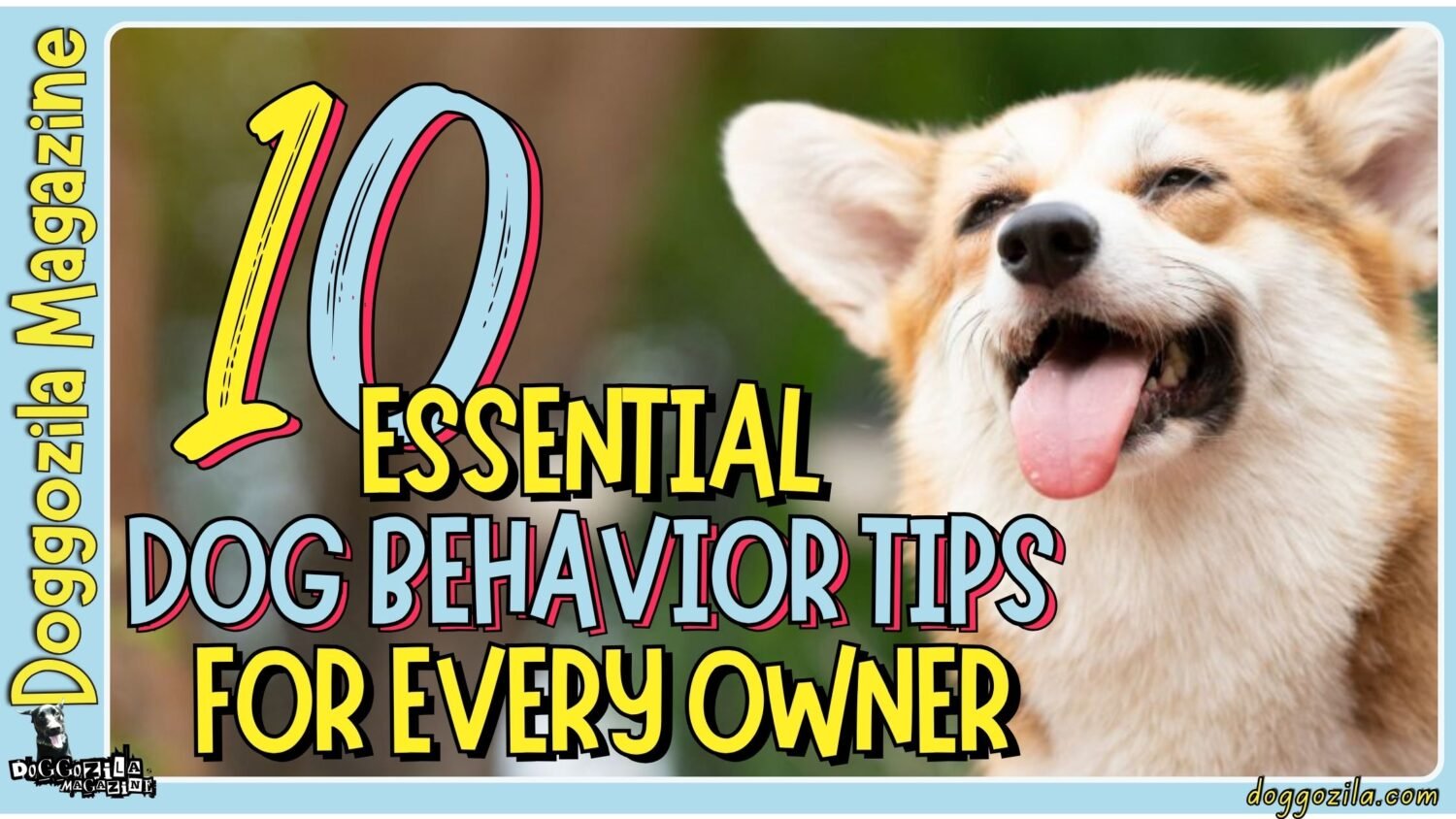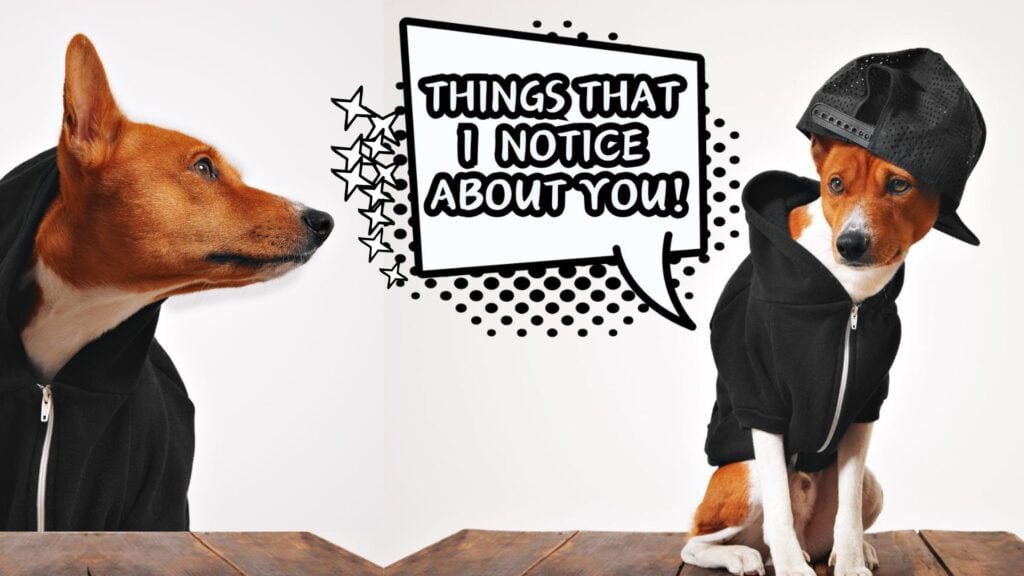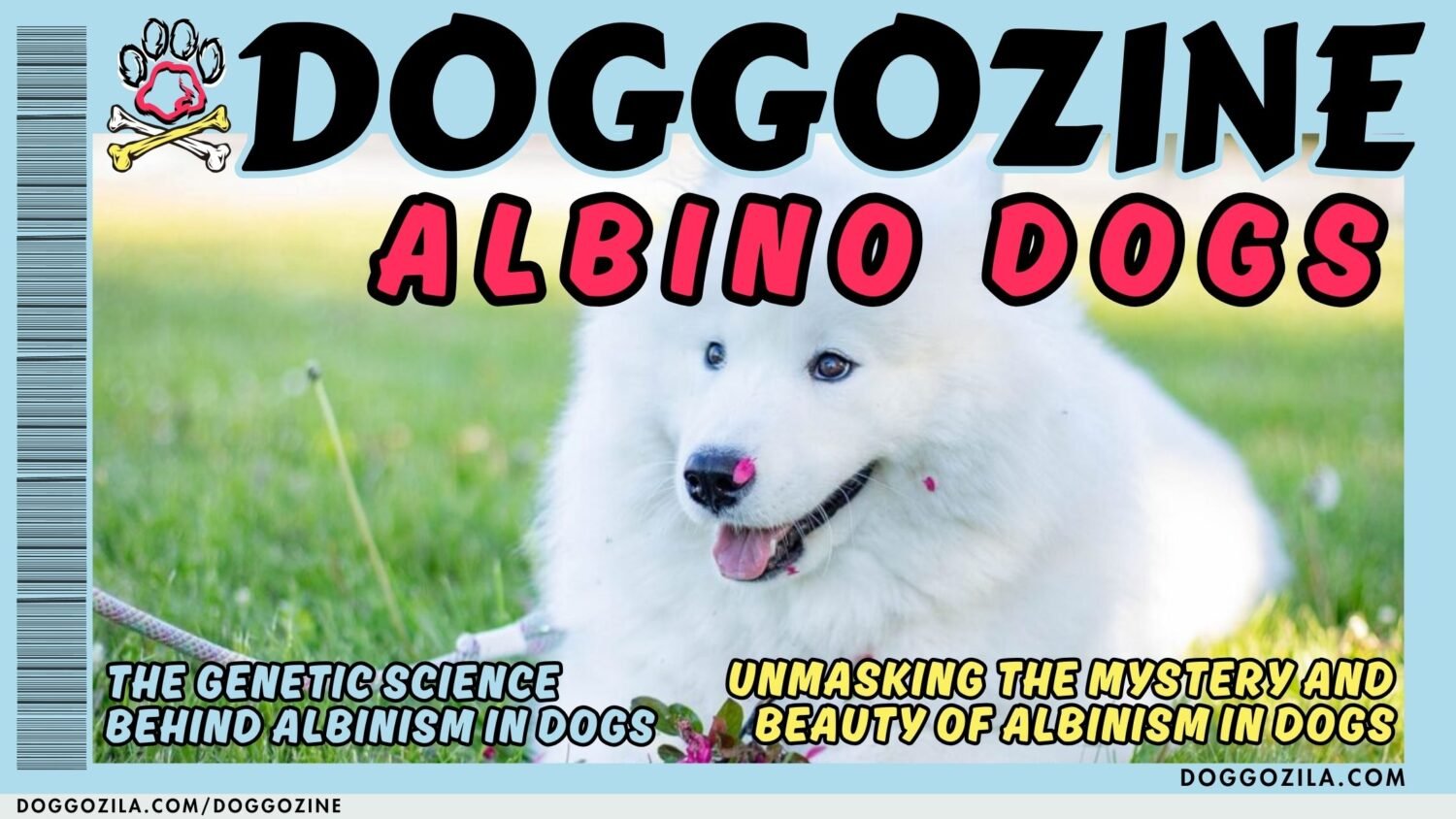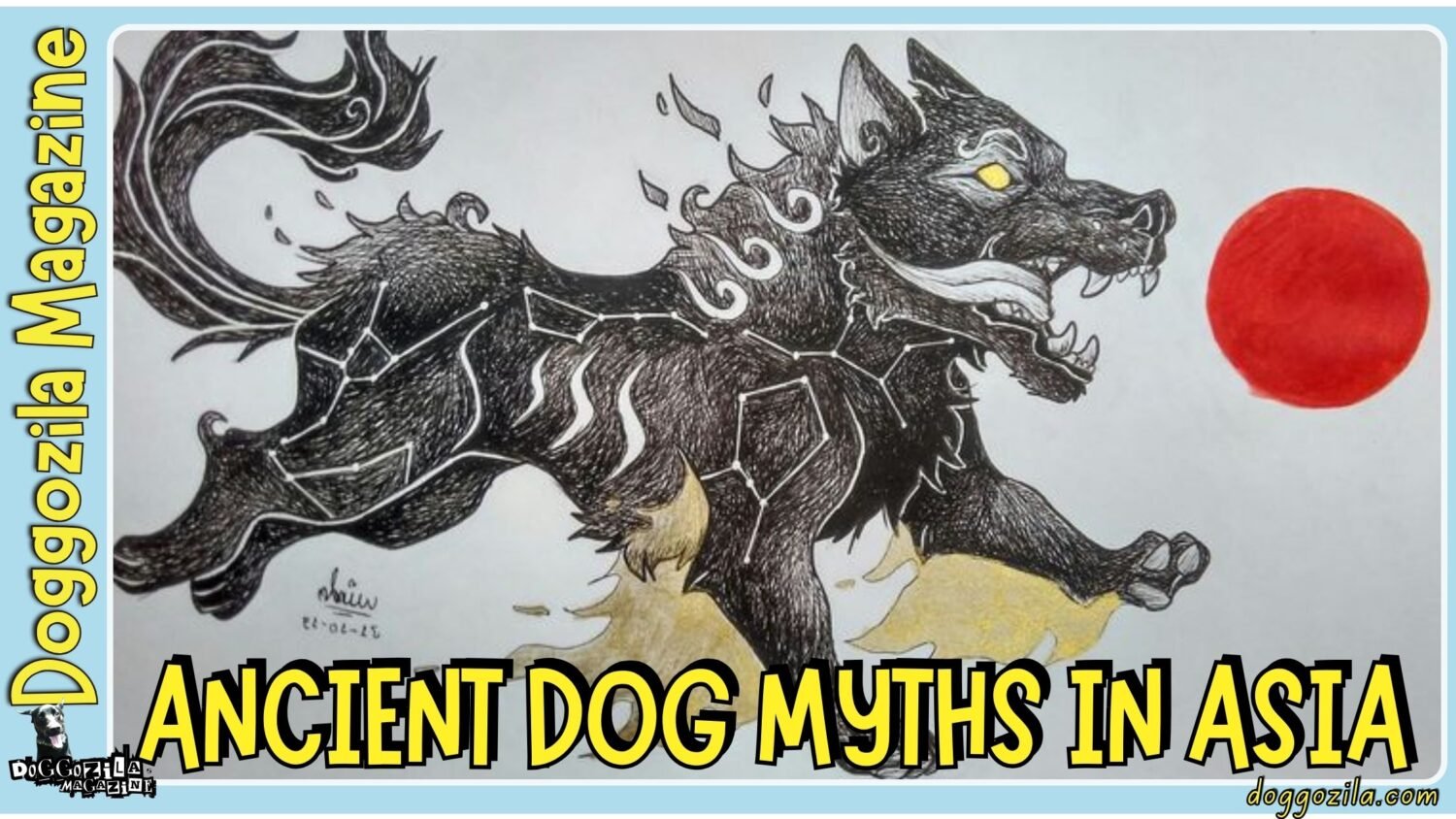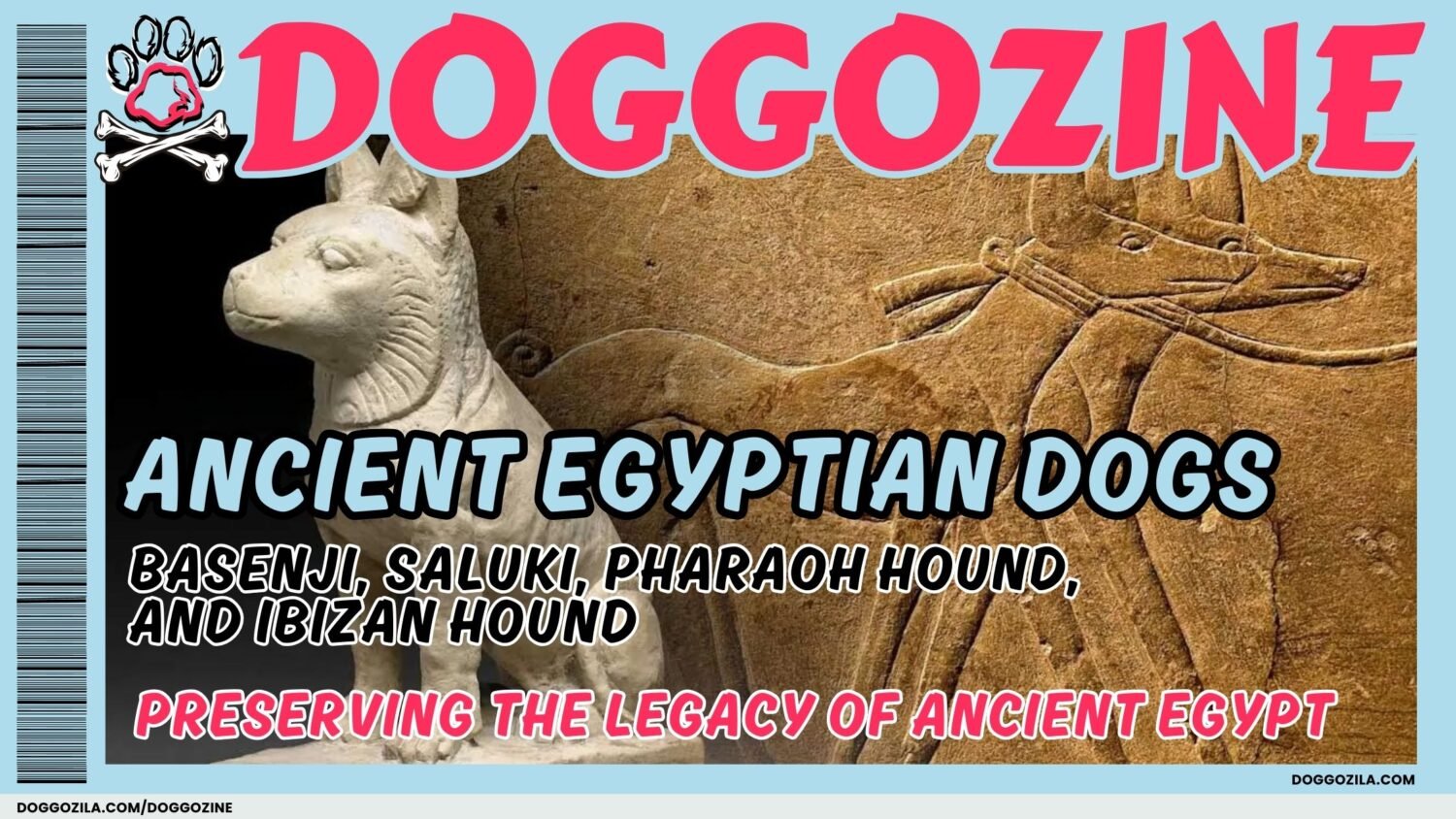Have you ever seen your dog suddenly slip into a slow-motion world of their own? Perhaps they glide under the ficus tree in your living room, moving with a deliberate, dreamlike pace you’ve never seen before. Their eyes get a little glassy, and they seem completely lost in the moment. This strange behavior has a name, and if you’ve witnessed it, you’ve seen the mysterious world of dog trancing.
Also known as “ghost-walking” or “weed-walking,” this phenomenon is one of the coolest and least understood quirks in the canine world. Is it a seizure? A spiritual moment? Or just a really good back scratch? Many dog owners has been fascinated by this behavior for years, and we are excited to dive deep to explain what dog trancing is all about.
Let’s pull back the curtain on this adorable dog mystery together and put your mind at ease.
„Has your dog ever suddenly glided into a slow-motion world of their own, moving with a dreamlike pace under the curtains? Then you’re not alone, you’ve just witnessed the curious canine phenomenon known as dog trancing.“
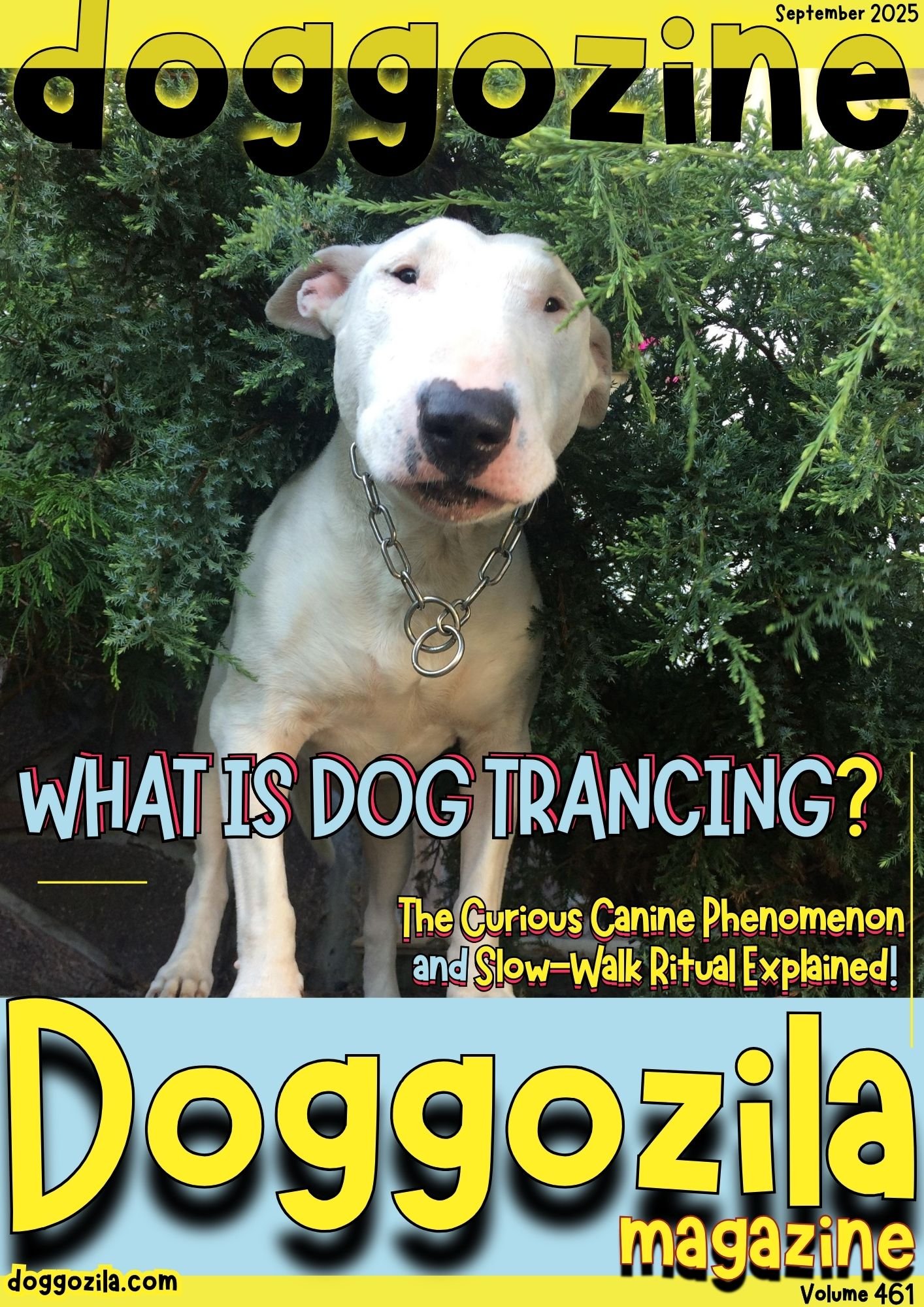
A BEGINNER’S GUIDE ABOUT WHAT IS DOG TRANCING?
What is dog trancing? In simple terms, it’s a unique behavior where a dog moves incredibly slowly under low-hanging objects, often appearing to be in a hypnotic state. Imagine your pup doing a slow-motion tiptoe under a tablecloth or a plant, that’s trancing in action. They might have a far-away look in their eyes, and their ears might be pinned flat against their head. It can last from a few seconds to several minutes, but the dog can almost always be snapped out of it easily.
This behavior is officially called Trance-like Syndrome (TLS), and while it looks odd, it’s usually completely harmless fun for your furry friend. It’s one of those delightful oddities that makes sharing your life with a dog so special. Understanding this behavior is the first step to appreciating your dog’s unique personality.
Why it’s Important to Understand The Basics Of What Dog Trancing Is?
When you first see it, you might be concerned, but understanding what dog trancing is helps you see it for the quirky behavior it is. Experts describe the movement as a “hypokinetic gait,” which is a fancy way of saying they move with incredibly soft, deliberate footfalls. The dog isn’t in distress, in fact, they often seem to be enjoying themselves in their own little world. The trigger is usually the light sensation of something brushing against their back or head.
It’s a behavior that highlights just how uniquely individual and fascinating our dogs can be. Many owners report that their dogs seem to seek out these sensations, almost like they have a favorite “spa” spot in the house. This deliberate seeking behavior reinforces the idea that it’s a positive experience for them. Learning to recognize these moments can turn a moment of worry into a moment of connection.
Why Every Owner Should Know What Dog Trancing Is?
Knowing what dog trancing is can prevent unnecessary panic the first time you see your dog zone out under a tree branch. Many owners mistake it for a neurological problem like a seizure, but the two are very different. When you understand that this is typically a benign behavior, you can relax and even enjoy the show your dog is putting on.
It’s a reminder that dogs experience the world through their senses in ways we can only imagine.
This knowledge empowers you to be a more confident and observant pet parent. You’ll be able to accurately describe the behavior to your veterinarian if you ever have concerns, providing them with crucial details. Ultimately, knowing about trancing enriches your relationship with your dog by helping you understand their unique language.
How To Identify What Dog Trancing Is In Your Own Pet?
So, how can you be sure what you’re seeing is actually dog trancing?
Look for the classic signs: a slow, almost frozen walk, usually under something that lightly touches their back.
Your dog might pause completely for a few seconds before resuming their glacial pace. Their expression might be distant or glassy-eyed, and they may be hard to distract initially, but they will respond if you call their name. If they snap out of it easily and go back to normal, you’ve just witnessed a trancing episode.
Try filming a short video on your phone the next time it happens, this can be incredibly helpful for your own reference or for showing your vet. Pay attention to the context, does it happen at a certain time of day or in a specific location? This detective work can help you confirm your suspicions and become an expert on your own dog’s habits.
🔑 Key Points: Dog trancing is a harmless behavior where a dog moves in slow motion under low-hanging objects, appearing hypnotized but easily snapped out of it.
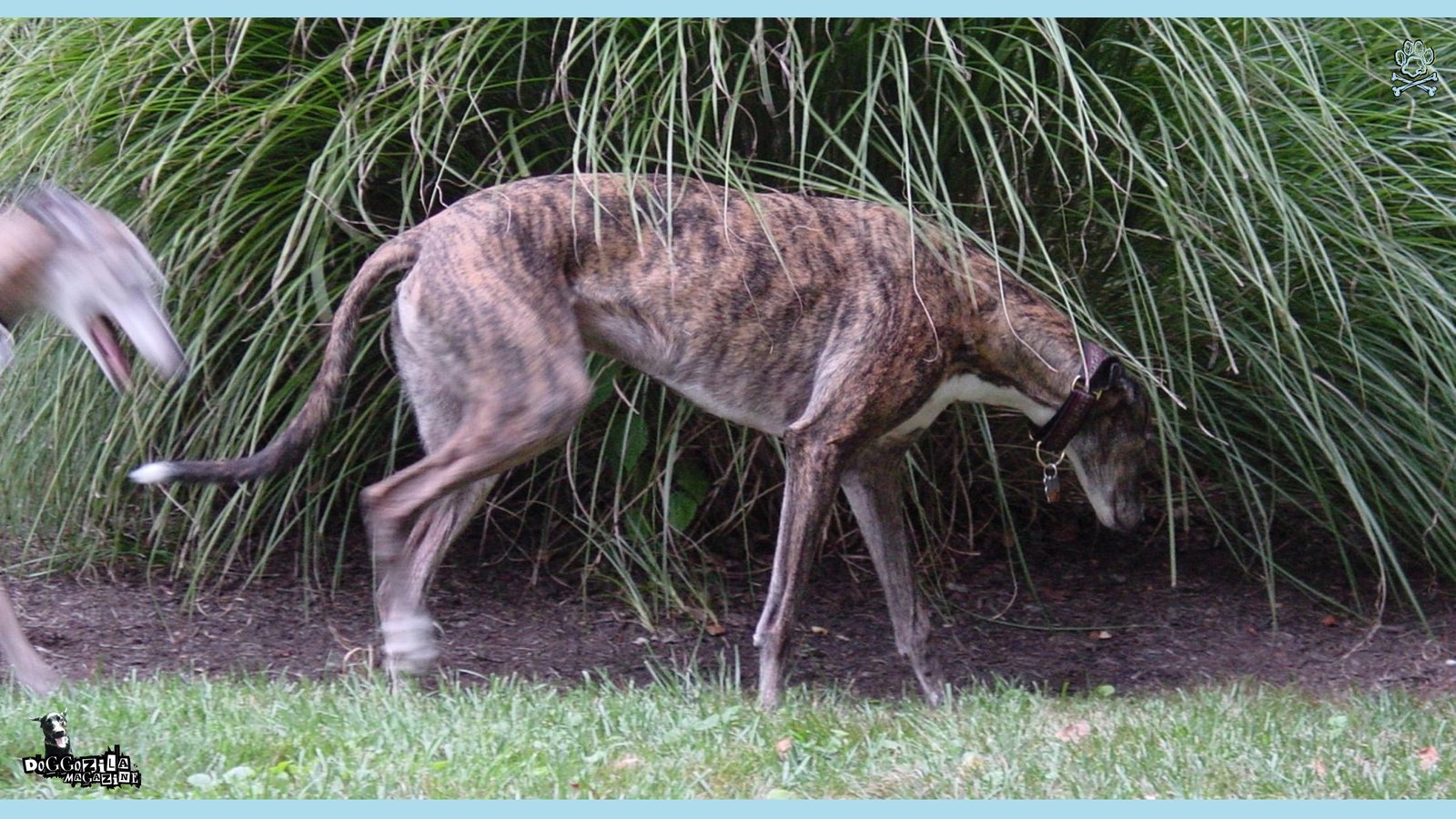
THE TELLTALE SIGNS: WHAT DOES DOG TRANCING LOOK LIKE?
Seeing a dog trance is unforgettable. It’s a distinct series of behaviors that sets it apart from normal walking or stalking. The dog’s entire body language shifts into a mode of ultra-focused, slow movement that can seem almost ritualistic. Picture a dog in a nature documentary moving in slow motion through tall grass, but in your living room under a curtain.
Recognizing these signs will help you correctly identify the behavior and appreciate its uniqueness without worry. The first time you see it, it might seem like your dog is moving through an invisible force field. It’s a captivating sight that showcases a hidden side of your pet’s character.
The Slow-Motion Walk Of Dog Trancing
The most obvious sign is the pace. Your dog will move in super-slow motion, placing each paw down with deliberate care. It’s not a stroll, but it’s a purposeful, creeping walk that looks completely different from their normal gait. They might lower their head or hold it high, but the overall feeling is one of intense concentration on the movement itself. This slow-motion walk is the hallmark of a trancing episode.
You might notice their back arches slightly as they move, maximizing contact with the object above them. The movement is so slow and controlled that it can appear almost balletic. It’s a stark contrast to their usual playful zoomies or relaxed ambling around the house. This unique gait is the number one clue that you are witnessing the curious phenomenon of dog trancing.
The Classic “Trance Face” And Body Posture
During an episode, your dog’s facial expression and posture often change noticeably. Their ears may flatten completely against their head, and they might point their nose up toward the sky with their eyes squinted. They often seem “frozen” or stiff in their body posture, fully absorbed in the sensation. This “trance face” is a key indicator that what you’re seeing is indeed trancing and not just your dog being curiously slow.
Some dogs even have a soft, blissful expression, as if they are thoroughly enjoying the moment. Their tail might be still or held in a neutral position, not showing signs of stress or alertness. The entire body becomes part of the experience, focused on the gentle sensation. Observing this distinct posture helps confirm that the behavior is harmless and self-directed.
What Are The Common Triggers That Might Start A Trancing Session in Your Dog?
Trancing doesn’t happen in a vacuum, it’s almost always triggered by something. Common triggers include low-hanging houseplants, curtains, tablecloths, and the underside of beds or shrubs outside. Essentially, anything that’s the right height to lightly graze the dog’s back or head as they pass underneath can initiate the behavior.
Some dogs will even seek out their favorite “trancing spot” to enjoy the sensation repeatedly.
All pet parents know that their dogs have a specific bush in the yard they visit daily for this very purpose. The texture seems to matter too, light, flowing materials like sheer curtains are often big hits. Discovering your dog’s personal triggers is like finding a key to a secret part of their world. It’s a fun little puzzle that adds to the adventure of being a dog owner.
🔑 Key Points: You can identify trancing by its unique signs, such as a super-slow “creeping” walk, a glassy-eyed “trance face,” and triggers like curtains or plants brushing the dog’s back.

WHAT IS THE SCIENCE BEHIND DOG TRANCING?
Scientists and behaviorists have studied trancing to understand its roots. Theories range from sensory pleasure to mild neurological quirks. Some breeds, like Bull Terriers, are more prone to it. Knowing what is dog trancing from a scientific angle can help owners feel reassured. It also encourages curiosity about other unexplained canine behaviors. Science often reveals that these quirks are part of a dog’s natural repertoire. Owners can use this knowledge to create enriching environments. This can include safe plants or fabrics indoors. Understanding sensory triggers can help tailor your dog’s daily experiences.
The light touch of fabric or foliage may activate nerve endings along the dog’s back. This gentle stimulation can trigger a calming response. Dogs might seek it out when they feel relaxed or safe. It’s similar to humans enjoying repetitive, soothing sensations. The behavior doesn’t indicate stress. Instead, it’s often linked to pleasure. Sensory enrichment plays a big role in dog happiness. Some dogs may even trance more during certain seasons when textures change.
The Science And Theories Behind What Is Dog Trancing
While the exact reason for trancing remains a mystery, animal behaviorists have proposed several compelling theories. One popular idea is that trancing is simply a self-soothing behavior that feels good. The gentle sensation of leaves or fabric brushing against a dog’s back may be pleasantly stimulating, similar to a light massage. This theory suggests that dogs trance because it is a rewarding sensory experience that helps them relax and de-stress, providing a unique form of enrichment that they can control themselves.
Another theory points to the behavior’s potential roots in canine evolution. Some experts speculate that dog trancing might be a remnant of an ancestral hunting technique. Wild canines might have moved slowly and stealthily under brush and low-hanging branches to stalk prey without being detected.
In a modern domestic setting, this ingrained instinct might manifest as a purposeless, vestigial behavior. There is no conclusive scientific study that pinpoints a single cause, which makes what is dog trancing an ongoing topic of curiosity and observation for dog lovers and professionals alike.
The Sensory Gratification Theory And The Evolutionary Remnant Hypothesis
Many behaviorists believe trancing is all about the feel-good sensation. The light touch on the dog’s back might stimulate nerve endings in a pleasurable way. It could be the canine equivalent of a human enjoying a back scratch against a doorframe.
This theory suggests trancing is a “fixed action pattern” left over from wild ancestors. The slow, stalking movement under foliage could have been useful for hunting. In a safe home, the instinct is expressed without a practical goal, much like a dog circling before lying down.
While less likely, some wonder if trancing is a way for dogs to communicate a playful mood or a request for attention. However, since many dogs trance when alone, it’s generally considered a personal, self-directed behavior rather than a social one.
What Are The Medical Concerns and Breed Tendencies from Dog Trancing?
Bull Terriers are famous for trancing, but Greyhounds, Basset Hounds, and mixed breeds also do it. Breed predisposition may be linked to coat texture or sensitivity. Some dogs have heightened tactile awareness. This can make certain sensations more appealing. Owners of these breeds often report frequent trancing episodes. It’s part of their unique charm. Breed tendencies can guide enrichment choices.
Knowing your dog’s breed can help predict how often they might trance. It can also inform the types of triggers they enjoy. This insight can make bonding activities more effective. Breed-specific quirks are part of what makes each dog special. Trancing is usually harmless, but it’s important to distinguish it from medical issues. Seizures, for example, involve unresponsiveness and other symptoms.
Dogs in a trance remain aware and can respond if called. If the behavior changes suddenly, a vet check is wise. Most cases are simply quirky habits. Understanding the difference keeps dogs safe. Awareness is key for responsible pet care. Owners should also note the duration and frequency of trancing. Sudden increases might warrant observation. Keeping a behavior log can help vets assess patterns. This proactive approach ensures your dog’s well-being.
What Is Future Research Telling us For Dog Trancing?
While we know a fair amount about trancing, there’s still much to learn. Future research could explore neurological patterns, sensory triggers, and breed-specific tendencies in greater depth. Understanding what is dog trancing from a scientific perspective could lead to new insights into canine sensory processing. This might even help in designing better enrichment tools and environments.
Researchers could also study how trancing interacts with other behaviors, such as scent work or relaxation techniques. The more we learn, the better we can support dogs in expressing their natural instincts. For now, trancing remains a charming mystery, one that invites curiosity and respect. Owners can play a role in this research simply by observing and documenting their dogs’ habits. Every trance is a data point in the story of canine behavior.
Training Tips For Dogs Who Trance
Training can incorporate trancing into positive routines. Knowing what is dog trancing helps trainers adapt methods. It also allows owners to use the behavior as a tool for focus. Trancing moments can become opportunities for bonding. Integrating it into training can make sessions more effective. It’s a creative way to blend instinct with learning. Rewarding calm behavior during trancing can strengthen trust. Treats or praise work well.
Avoid interrupting unless necessary. Positive reinforcement builds confidence. Dogs learn that trancing is safe. This supports overall training goals. You can also pair trancing with relaxation cues. Over time, dogs may trance on command. This can be useful for calming in stressful situations. It’s a gentle, non-invasive training method. Positive reinforcement keeps the behavior enjoyable. It also deepens your connection.
Related Article Recommendation:
Clicker Training for Dogs: How to Start to Use the Click?
Obedience Skills and Agility Prep
Trancing moments can be used to practice gentle commands. Dogs are focused and calm. This makes them receptive to cues. Simple commands like “come” or “stay” fit well. Obedience training benefits from such states. It’s a subtle way to blend enrichment with learning. You can also introduce hand signals during trancing. This builds visual communication skills. Dogs often respond well to quiet, consistent cues.
Using trancing as a training window can improve responsiveness. It’s a smart way to work with their natural rhythms. Agility dogs can use trancing as a warm-up. The slow movement loosens muscles. It also calms the mind before high-energy activity. Trainers can integrate it into routines.
Agility prep benefits from balanced energy. Trancing offers that balance. It can also help dogs transition from rest to action smoothly. This reduces the risk of injury. Some agility handlers use trancing as part of cool-down routines too. It’s a versatile tool in sports training. Agility and trancing can complement each other beautifully.
🔑 Key Points: Ultimately, trancing is a fascinating quirk to be embraced, it highlights your dog’s unique personality and deepens the adventure of dog ownership.
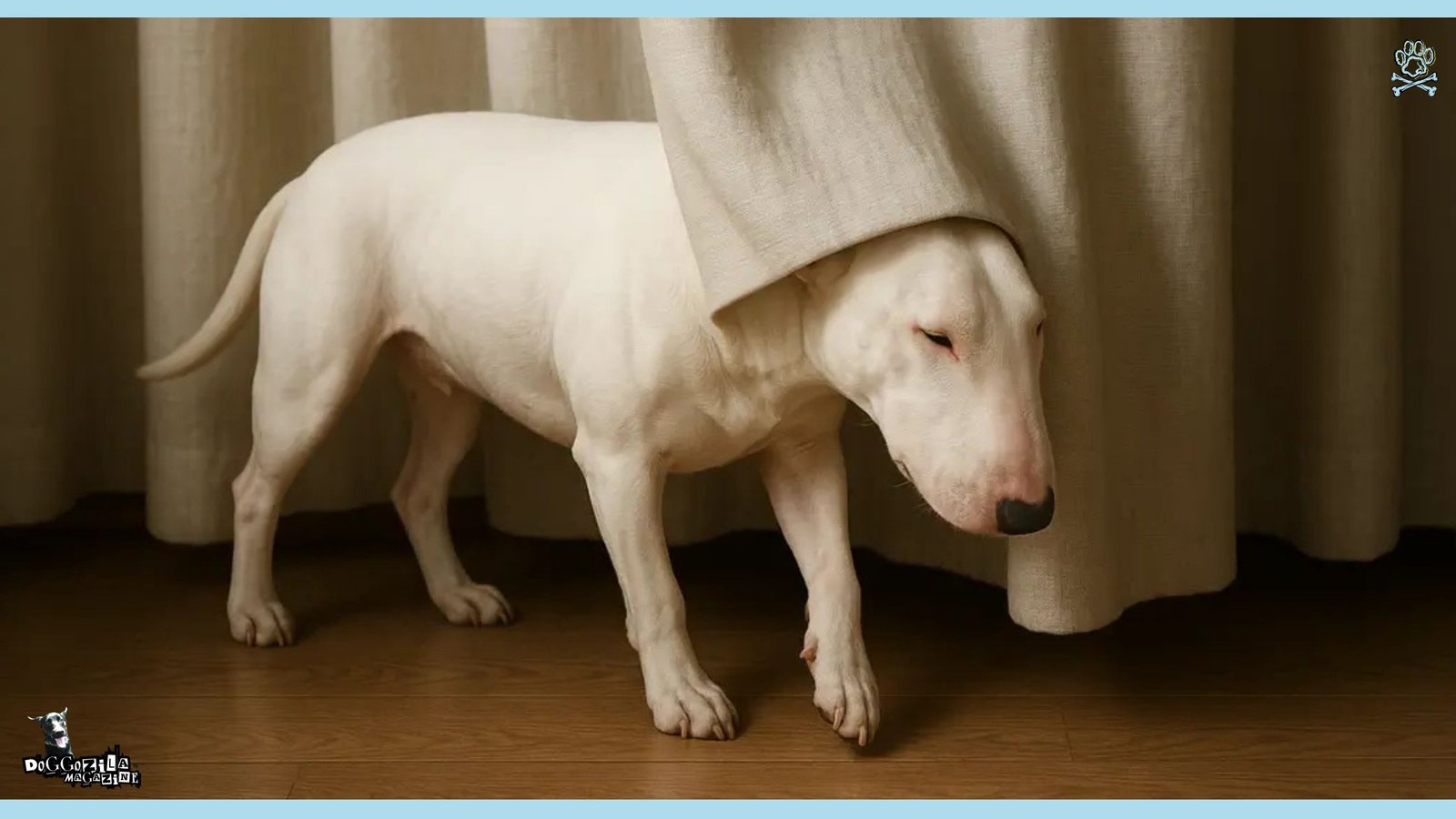
UNRAVELING THE MYSTERY: WHY DO DOGS TRANCE?
The million-dollar question is, why do they do it? The truth is, veterinarians and canine behaviorists don’t have a definitive answer. It remains one of the charming mysteries of dog behavior. However, the most popular and logical theory is pure, simple pleasure. The search for the ‘why‘ behind dog trancing is part of what makes it so fascinating to observe.
The light, tickling sensation of leaves or fabric on their backs likely feels good, and the dog is simply enjoying the moment. It might be a form of self-soothing or a way to scratch an itch in a novel way. Think of it as a relaxing massage from nature, or your curtains! This theory is supported by the fact that most dogs appear relaxed and content during and after an episode.
Is Trancing A Form Of Dog Compulsive Disorder?
Some experts have wondered if trancing is related to canine compulsive disorder (CCD), similar to tail-chasing or spinning, especially since it’s sometimes seen more often in dogs prone to these behaviors. However, it’s crucial to note that there is no established scientific link. For the vast majority of dogs, trancing is an isolated, harmless quirk and not a sign of a psychological issue.
Unless it’s accompanied by other anxious or compulsive behaviors, there’s likely no need for concern. The key difference is that compulsive behaviors often seem driven by anxiety, while trancing appears to be a choice driven by pleasure. A dog with CCD might spin frantically when stressed, but a trancing dog is usually calm and seeks out the experience. Therefore, labeling it as a disorder is usually a misinterpretation of a natural, if unusual, behavior.
The Sensory Pleasure Theory Behind The Behavior
The simplest explanation is often the best one. Many professionals believe dogs trance because it feels good. The gentle brushing sensation on their back might be a unique and enjoyable form of stimulation. For us, it might be like the satisfying feeling of walking through a carwash with those soft cloth strips brushing against the car.
For dogs, this sensory experience might be a fun way to engage their senses and feel a novel, pleasant physical sensation. It could be akin to a human enjoying a scalp massage or the feeling of walking through tall grass barefoot. The repetitive, gentle nature of the stimulus is likely very soothing for them. This theory perfectly explains why dogs often return to the same spot to repeat the behavior. It’s a simple, harmless form of canine entertainment and self-care.
Could It Be An Inherited Trait From Ancestors?
Another interesting theory ponders if this behavior is a faint echo from your dog’s wild ancestors. Could it be a remnant of a movement used to quietly move under dense foliage while hunting or avoiding predators? While this is a fascinating idea, there’s no scientific evidence to support it. It’s a cool thought, but for now, the sensory pleasure theory remains the most widely accepted explanation for why dogs engage in dog trancing.
Imagine a wolf stealthily moving under low-hanging branches while stalking prey, the movement could be similar. However, without observable evidence in modern wild canids, this remains speculative. It’s a fun story to think about, but the pleasure principle is a more grounded and likely explanation for our domesticated friends.
🔑 Key Points: The most accepted theory is that dogs trance simply because the light, brushing sensation feels good, much like a pleasant massage, and it’s not considered a disorder.
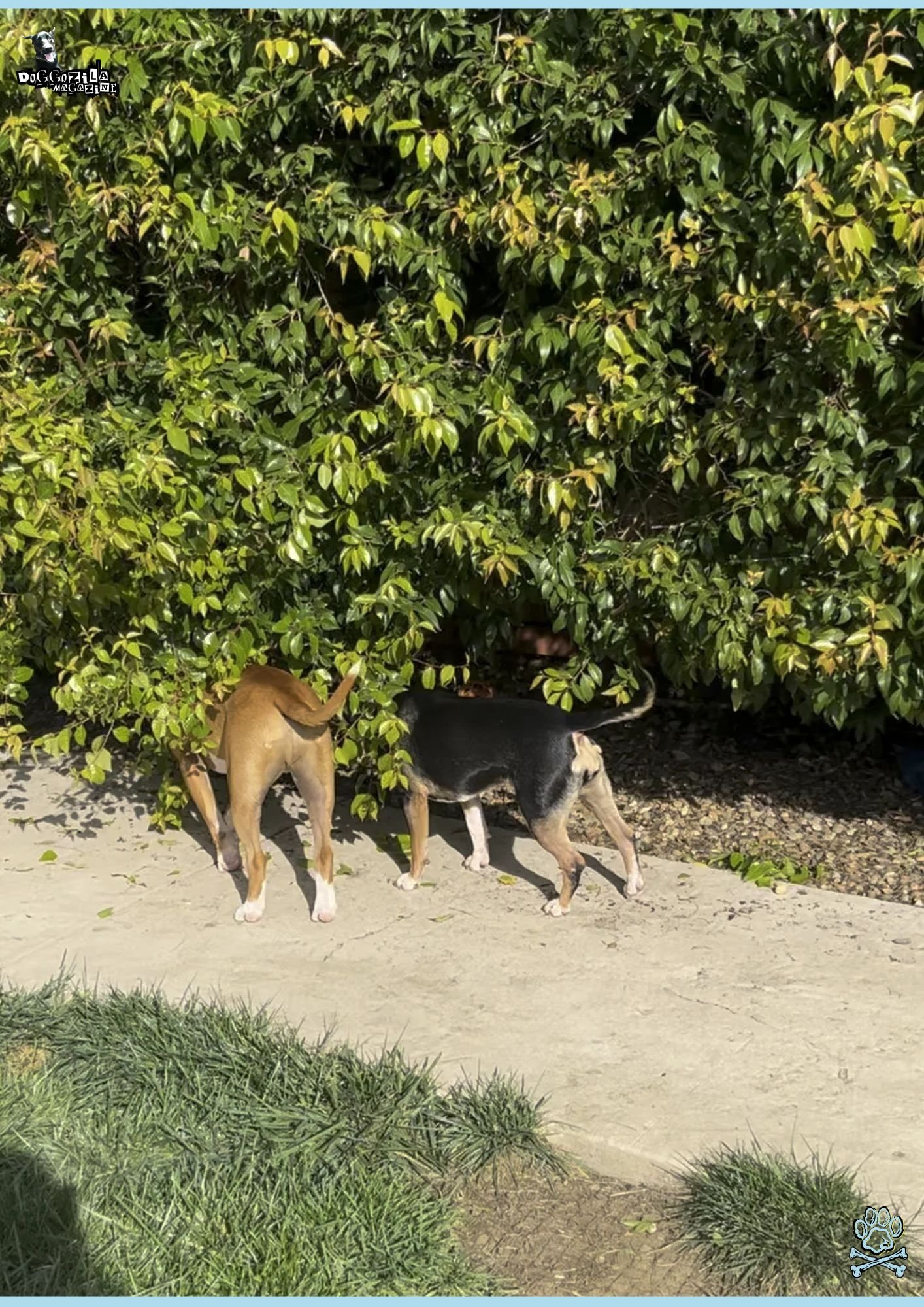
IS DOG TRANCING A SEIZURE? KNOWING THE DIFFERENCE
This is the most important question for worried pet parents, and the answer is a clear no. Dog trancing is not a seizure. The two conditions are fundamentally different in several key ways. Understanding these differences is critical for your peace of mind. This distinction is vital for ensuring your dog gets the right kind of care and attention.
A dog having a seizure cannot control their movements and will be completely unaware of their surroundings. A trancing dog, on the other hand, is simply in a deeply focused, but conscious, state. Mistaking one for the other is common, but a few simple observations can clear up the confusion instantly.
The Key Difference: Responsiveness To You
The single biggest difference is that you can interrupt a trance. If you call your dog’s name or make a noise during a trancing episode, they will likely acknowledge you, maybe with a slight ear flick, a glance, or by snapping out of it entirely. Some dogs might even seem slightly annoyed at the interruption!
A dog in the midst of a seizure will be completely unresponsive to any outside stimuli, including your voice.
This ability to be distracted is a sure sign you’re dealing with trancing. You can test this by gently shaking a treat bag or tapping on the floor, a trancing dog will usually break their focus. This responsiveness is the most reliable way to tell the two apart at home. It immediately reassures you that your dog is present and in control.
What Happens After Dog Trancing? The Post-Episode Behavior?
Watch what your dog does immediately after the episode ends. After trancing, a dog will instantly return to their normal, happy-go-lucky self without any disorientation. There is no “postictal” phase. In contrast, after a seizure, dogs often experience a postictal period where they may be confused, anxious, tired, or temporarily blind.
They might stumble, seem restless, or not recognize you for a period of time. This dramatic difference in after-effects is a major clue. A trancing dog might simply walk away and get a drink of water or come to you for a pet. A post-seizure dog will need time to recover and will clearly not be themselves. Observing the aftermath is just as important as observing the event itself.
Why Anti-Seizure Medication Doesn’t Affect Dog Trancing?
If a behavior is caused by seizure activity in the brain, it will typically be reduced or eliminated with anti-seizure medication. Dog trancing, however, is not influenced by these medications. If your dog is trancing and your veterinarian has ruled out medical causes, the behavior will continue regardless of neurological treatments.
This is a clear indicator to veterinarians that the root cause is behavioral, not a neurological disorder. In fact, putting a dog on seizure medication for trancing alone would be unnecessary and potentially harmful. This is why a proper diagnosis from a vet is so important. They can perform tests to rule out true seizures, giving you the confidence to see trancing for the quirky behavior it is.
🔑 Key Points: The critical difference is that a trancing dog remains conscious and responsive to you, unlike during a seizure, and returns to normal immediately afterward.
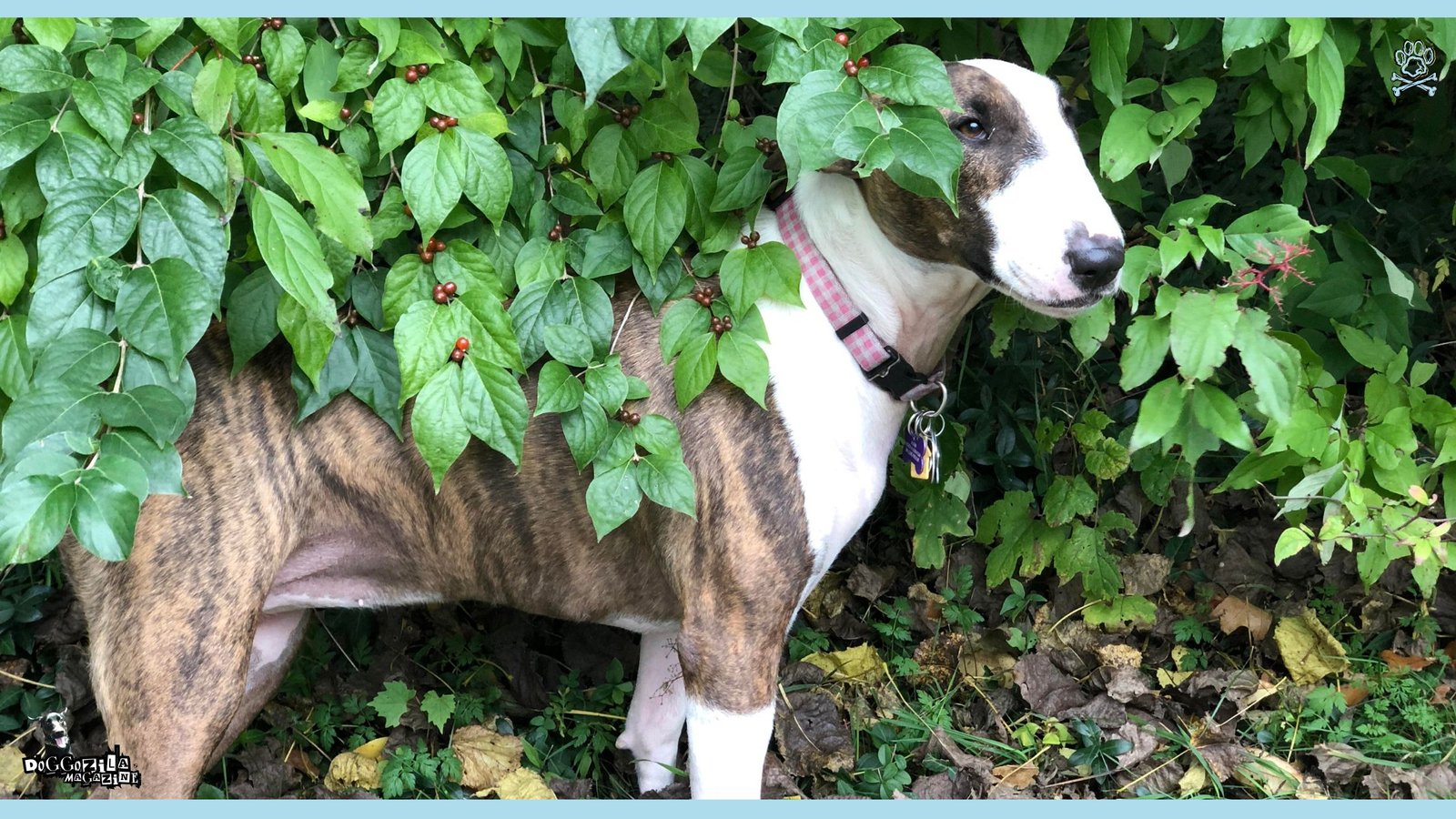
WHAT IS DOG TRANCING IN SPECIFIC BREEDS? IS THERE A LINK?
While any dog, regardless of breed or mix, can exhibit this behavior, some breeds do seem to display it more frequently than others. It’s important to remember that this is based on observation, not hard scientific data. If you have one of these breeds, you might be more likely to witness this quirky phenomenon.
However, trancing is certainly not exclusive to them, so don’t be surprised if your Labrador or mutt enjoys a good ghost-walk too! This potential breed link adds another layer of intrigue to the behavior. It suggests there might be a genetic component that makes certain dogs more likely to enjoy this sensation.
Bull Terriers And The Trancing Stereotype
If there’s a poster child for dog trancing, it’s the Bull Terrier. This breed is so commonly associated with the behavior that it’s almost a stereotype. Videos of Bull Terriers trancing are popular online, showcasing their characteristic slow-motion creep under plants and curtains. Their unique and sometimes quirky personalities might make them more prone to this kind of idiosyncratic behavior, endearing them even more to their fans.
Owners of Bull Terriers often share stories and compare notes on their dogs’ particular trancing styles. It’s become a recognized, and even celebrated, trait within the Bull Terrier community. If you have a Bull Terrier, you’re statistically more likely to have a front-row seat to this fascinating show.
Sighthounds like Greyhounds and Salukis
The other group of breeds often mentioned in connection with trancing are sighthounds, such as Greyhounds and Salukis. Why this might be is purely speculation. Perhaps their lean backs and sensitive skin make the tactile sensation particularly enjoyable. Regardless of the reason, if you share your home with a long-legged, elegant sighthound, keep an eye out for this graceful, slow-motion behavior.
Their long spines and arched backs might be perfectly designed to maximize the contact with low-hanging objects. It’s a beautiful, almost artistic sight to see such a speedy animal move with such deliberate slowness. This contrast is part of what makes witnessing dog trancing in sighthounds so memorable.
The Reality For Mixed Breeds And Other Dogs
The truth is, what dog trancing is can be observed in many breeds and lovable mutts. From Basset Hounds to Jack Russells, this behavior isn’t picky. The internet is full of videos of all kinds of dogs enjoying their trancing time. So, while Bull Terriers and Greyhounds might be the most famous practitioners, trancing is a widespread canine behavior that highlights the unique personality of each individual dog.
Your mixed-breed rescue is just as likely to exhibit this behavior as a purebred dog. This universality is a great reminder that all dogs have their own individual quirks and preferences. It’s a behavior that connects dogs of all shapes and sizes across the world.
🔑 Key Points: While any dog can trance, Bull Terriers and Sighthounds like Greyhounds are more commonly observed doing it, though the behavior is widespread across all breeds and mixes.
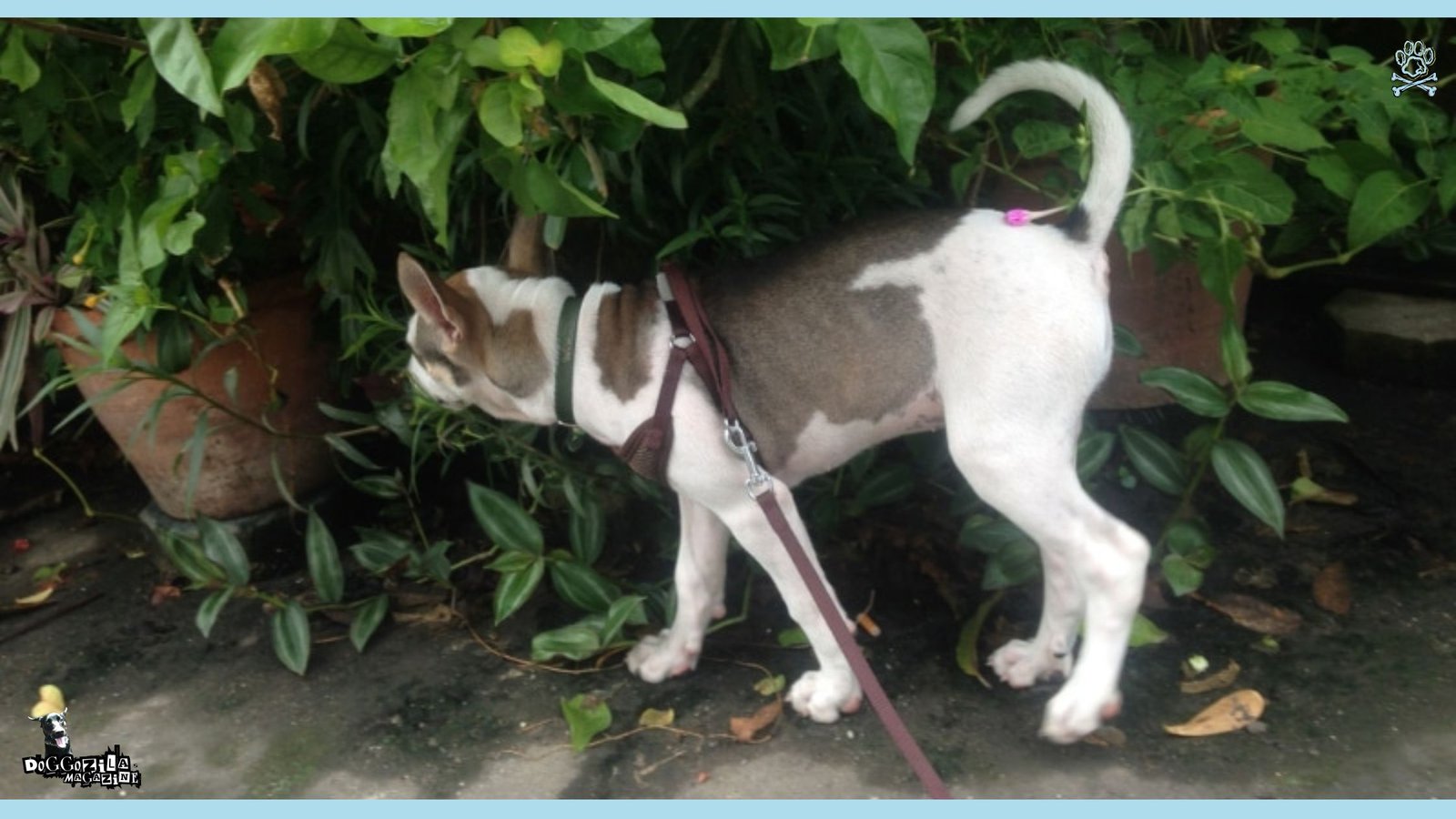
WHAT IS DOG TRANCING MANAGEMENT? TO INTERRUPT OR NOT?
For the most part, the best management for trancing is… to do nothing at all. Since the behavior is typically harmless and potentially enjoyable for the dog, it’s perfectly fine to let them finish their ritual. Think of it as your dog’s version of meditation or a spa moment. Interrupting them constantly might cause frustration, especially if they find the activity genuinely pleasant.
The key is to ensure they are safe while they’re in their trance-like state. Your role is that of a supportive observer, ensuring their quirky hobby doesn’t lead them into trouble. This hands-off approach is usually the best way to respect your dog’s individuality.
When To Gently Redirect The Behavior?
There are a few situations where you might want to gently redirect your dog. If they are trancing under something fragile, like a delicate table with a valuable vase, or near a poisonous plant, you should intervene. The best way to do this is by using a positive interrupter, like calmly calling their name or asking them to “come” for a high-value treat.
This redirects them without causing fear or anxiety. You can then guide them to a safer area or provide an alternative activity. The goal is management, not punishment, for what is a natural behavior. This proactive approach keeps your dog safe while respecting their instincts.
Managing The Environment For Safe Dog Trancing
A great proactive strategy is to manage your dog’s environment. If your dog loves to trance under a specific thorny bush outside, you might want to block access to that plant. Conversely, if they have a safe favorite spot, like under a harmless rubber plant indoors, you can ensure that area remains clear and accessible for them.
This way, you can promote safe trancing and prevent any potential accidents. You might even create a designated “trancing zone” with a safe, hanging piece of fabric. This kind of environmental management is a cornerstone of positive, proactive dog ownership. It shows your dog you understand and accommodate their needs.
Enrichment Activities As A Positive Addition
If you feel the behavior is becoming too frequent, adding more general enrichment to your dog’s life can help. Interactive food bowls, puzzle toys, and increased exercise can stimulate their mind and body. A mentally and physically tired dog may engage in all repetitive behaviors less often.
This isn’t about stopping trancing, but about providing a fulfilling life that satisfies all their natural instincts. A bored dog might trance more simply because they have nothing else to do. By offering a variety of engaging activities, you ensure trancing remains a fun pastime, not a default behavior. This balanced approach supports your dog’s overall well-being.
🔑 Key Points: The best approach is usually to not interrupt, but you should gently redirect your dog if they are in an unsafe spot, and you can manage their environment to allow for safe trancing.
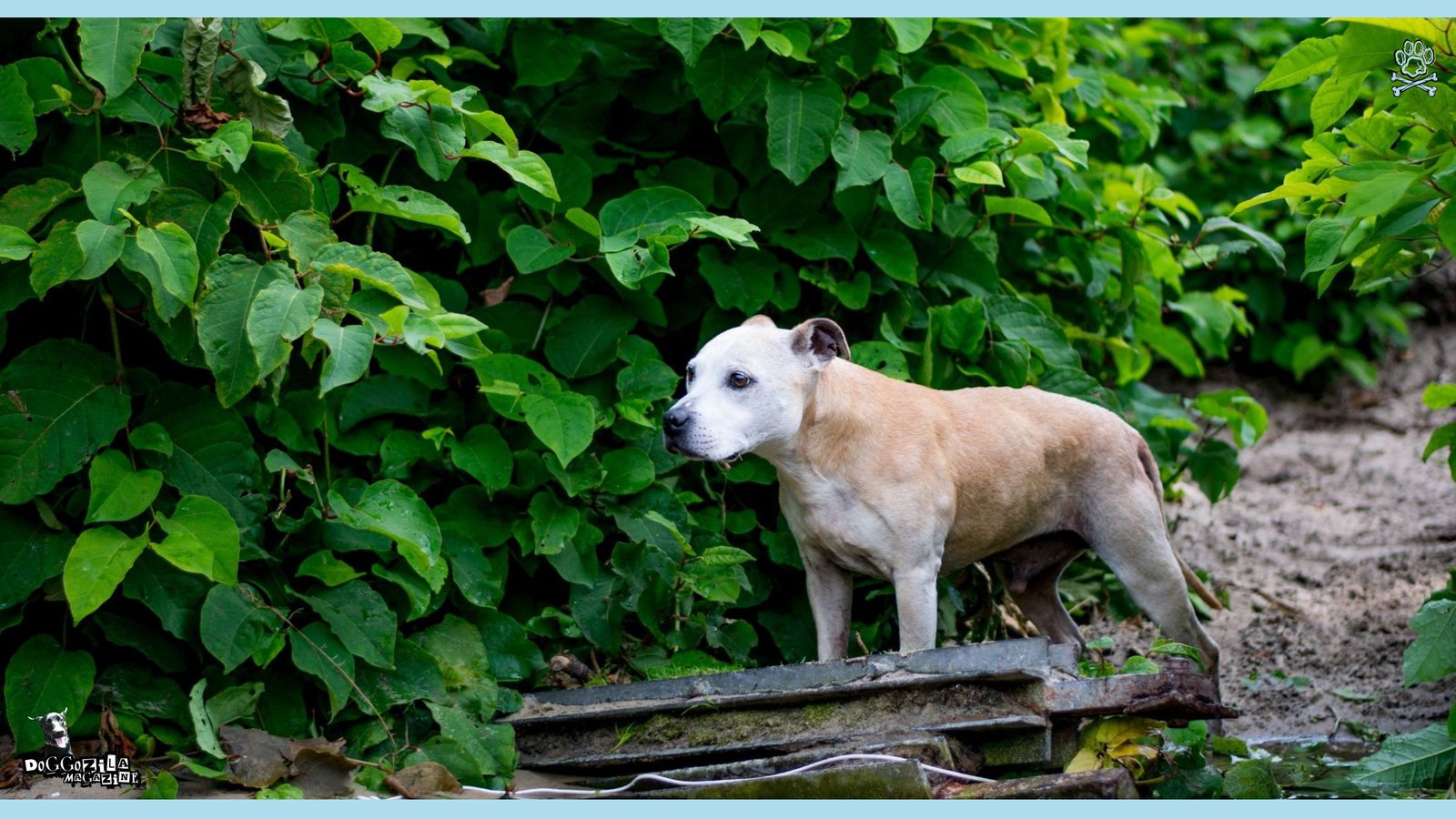
WHEN SHOULD YOU BE CONCERNED ABOUT DOG TRANCING?
While trancing is usually benign, it’s smart to know when it might signal a deeper issue. As a responsible pet owner, you know your dog better than anyone. Trust your instincts. If something about the behavior seems “off” to you beyond the usual weirdness, it’s always better to err on the side of caution and consult your veterinarian.
Your vigilance is key to your dog’s long-term health. It’s always better to get a professional opinion than to worry in silence. A quick check-up can provide immense peace of mind and rule out any serious underlying conditions.
Red Flag Symptoms That Warrant A Vet Visit
You should contact your vet if the trancing episode is accompanied by other worrying symptoms. These include vomiting, excessive drooling, muscle spasms, collapsing, or unresponsiveness. Other red flags are if your dog seems disoriented after the episode, presses their head against the wall, or has trouble walking.
These signs could indicate a seizure disorder, metabolic issue, or other neurological problems that need medical attention. Any loss of bladder or bowel control during an episode is also a major red flag. These associated symptoms transform the behavior from a quirk into a potential medical sign. Documenting these episodes with video can be incredibly helpful for your veterinarian’s diagnosis.
Sudden Onset In Older Dogs
If your dog is older and suddenly starts trancing out of the blue, it’s a good idea to mention it to your vet during a wellness check. While it could just be a new quirk, any sudden behavioral change in a senior pet is worth discussing. Your vet can perform a checkup to rule out any underlying pain or medical conditions that might be causing the new behavior, giving you valuable peace of mind.
Sudden onset in an older dog could be related to cognitive decline or other age-related issues. A thorough examination, including blood work, can help identify or rule out these concerns. It’s a proactive step that ensures your senior dog’s golden years are comfortable.
When The Behavior Becomes Obsessive?
Trancing is typically a occasional, harmless pastime. However, if it becomes so frequent that it interferes with normal activities like eating, drinking, or going for walks, it’s time to seek advice. If your dog seems distressed when they can’t trance or is forgoing other pleasures to do it, a consultation with a veterinarian or a certified behaviorist is recommended to rule out canine compulsive disorder.
An obsessive pattern might look like your dog trying to trance for hours on end, becoming frustrated, or unable to relax. This level of intensity suggests the behavior is no longer a simple pleasure but a driven need. Professional guidance can help you manage this and improve your dog’s quality of life.
🔑 Key Points: You should be concerned and consult a vet if trancing is accompanied by symptoms like collapsing or disorientation, starts suddenly in an older dog, or becomes an obsessive behavior that interferes with daily life.
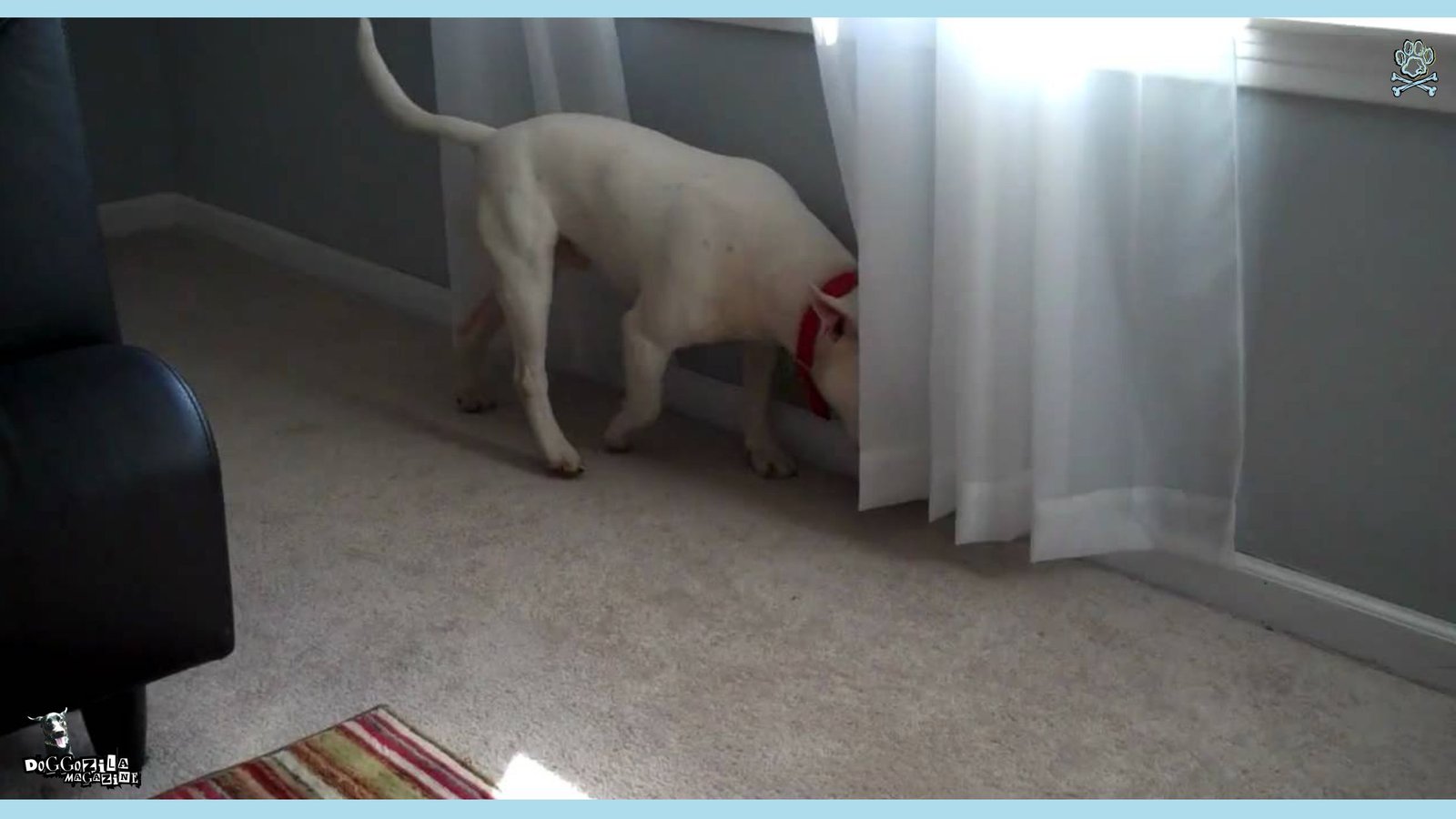
FINAL THOUGHTS FOR CURIOUS OWNERS ABOUT WHAT IS DOG TRANCING
So, let’s ask for the last time, what is dog trancing? It’s a fascinating, usually harmless behavior that reminds us of the unique and sometimes mysterious inner worlds of our canine companions. It’s a perfect example of the little wonders that make sharing our lives with dogs so endlessly interesting. Embrace the quirk!
Now that you’re an expert, you can watch your dog’s slow-motion adventures with a smile instead of worry. This knowledge turns a potential moment of fear into a moment of fascination. You are now part of a community of dog lovers who appreciate the strange and wonderful things our dogs do.
Embracing Your Dog’s Unique Personality
Trancing is just one of the many behaviors that make your dog uniquely themselves. From howling in their sleep to zooming around the backyard for no reason, these quirks contribute to their charm. Understanding and accepting behaviors like trancing deepens the bond you share with your pet.
It allows you to appreciate the full spectrum of their personality, even the strange and wonderful parts. Celebrating these idiosyncrasies is what makes your relationship special. Your dog isn’t just a pet, they are an individual with their own habits and preferences. Loving them means loving all their weird and wonderful traits.
Becoming An Ambassador For Dog Trancing
Now that you know what to look for, you might start noticing it everywhere, in your own dog, your friend’s dog, or in viral videos online. You can be the one to calmly explain what dog trancing is and reassure a worried pet parent that their dog is probably just having a blissful moment.
Sharing knowledge helps create a more informed and less anxious community of dog lovers. You can help dispel myths and prevent unnecessary vet visits for this specific behavior. Your newfound expertise allows you to contribute positively to conversations about dog behavior. It’s a rewarding way to pay forward the knowledge you’ve gained.
The Ongoing Adventure Of Dog Ownership
At the end of the day, dog trancing is a beautiful reminder that our dogs are complex creatures with their own preferences and ways of experiencing the world. The adventure of dog ownership is full of these learning moments.
So, grab your phone, capture that funny trancing video, and continue to enjoy the incredible journey of living with a dog. They never cease to amaze us. Each day brings a new opportunity to understand them better. The mystery and joy of discovering these behaviors is a gift that keeps on giving throughout your dog’s life.
Celebrating trancing means valuing the moments when our pets are simply enjoying life on their own terms.
It’s about recognizing that not every behavior needs to be managed or redirected.

Sometimes, the best thing we can do is watch, smile, and share in their quiet joy. In doing so, we honor the individuality and richness of their inner world. And that, perhaps, is the greatest gift dogs give us, an invitation to slow down and see the beauty in the small things.
